Not so long ago, sieve making was big business. Farmers needed sieves to sift grain; miners used riddles (a sieve with a coarser, handwoven mesh) to sort coal; bakers used them, and of course gardeners would have had several to hand for preparing seed trays, sifting compost or for ridding their soil of stones. Most of these demands still exist, but the skill of sieve and riddle making has all but died out, replaced, like so many things, by automated machinery or by low-quality, often plastic, replacements that might be cheap to buy once but are not made to last.
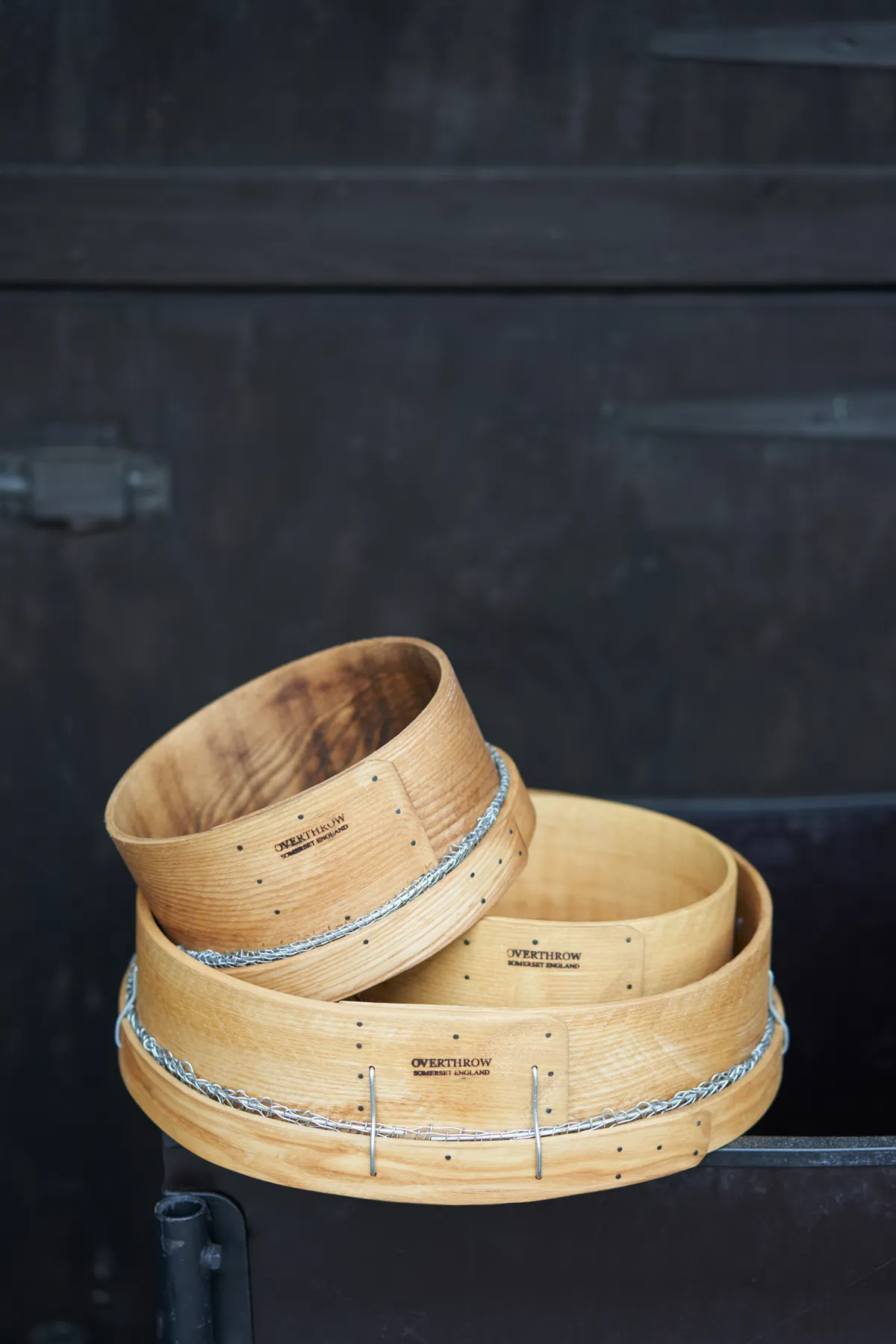
This is anathema to Steve Overthrow, a former vintage-car mechanic and amateur woodturner with a passion for well-made tools, old machinery and the Victorian era – and in particular the technique of steam bending, something he’d seen practised by Owen Jones, an oak swill basket maker on the BBC’s Victorian Farm series in 2009.
It’s no surprise then that in 2017, when Steve read that the craft of sieve making was officially extinct, his interest was piqued. “I started researching immediately,” he says. “It’s a combination of everything I love – tools, wood and steam bending. I was really keen to have a go.”

When Steve was made redundant just a week later, a plan started to form. He believed enough in handmade tools to think it could be a business, but first he had to make a sieve. “Wood doesn’t bend naturally,” he says, “it has to be manipulated, and I created huge piles of firewood in the process.” It wasn’t just the sieves he had to make. Since he was starting from scratch, he had to engineer all his own tools as well – no problem for a man inspired by the Victorians’ spirit of invention. A long, plywood box with a wallpaper-stripper pump at one end serves as his steam bender, into which he places strips of ash wood, sourced from the hills around his workshop in Langport, Somerset. Once these have the necessary flex, they are placed on a piece of conveyor belt and rolled around one of a number of improvised forms – from an old Guinness keg to a can of baby formula – to give them the desired diameter. A customised patio scraper has become Steve’s ‘crook’, which he uses to separate the warp wires of his riddle meshes, once attached to the hoops, to enable him to thread through the weft.
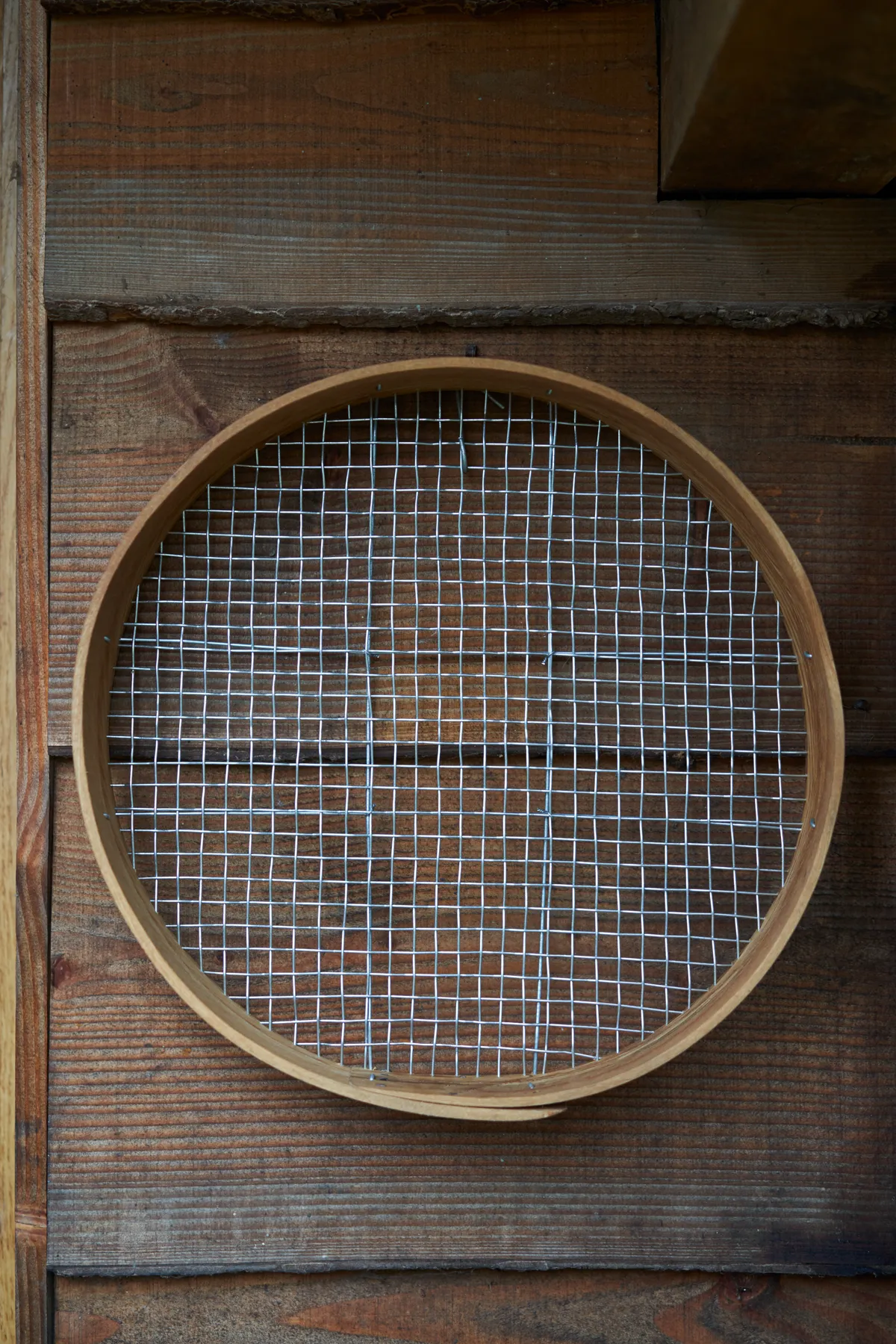
Other processes have benefited from the advice and encouragement of Mike Turnock, a retired riddle maker with whom Steve connected after Mike’s sister saw a post online about Steve’s sieves. “He’s given me help with things I couldn’t possibly have researched,” says Steve. “He’s taught me about the grades of the wire, and showed me how to make the tightening tool that I use after I’ve woven the mesh.”
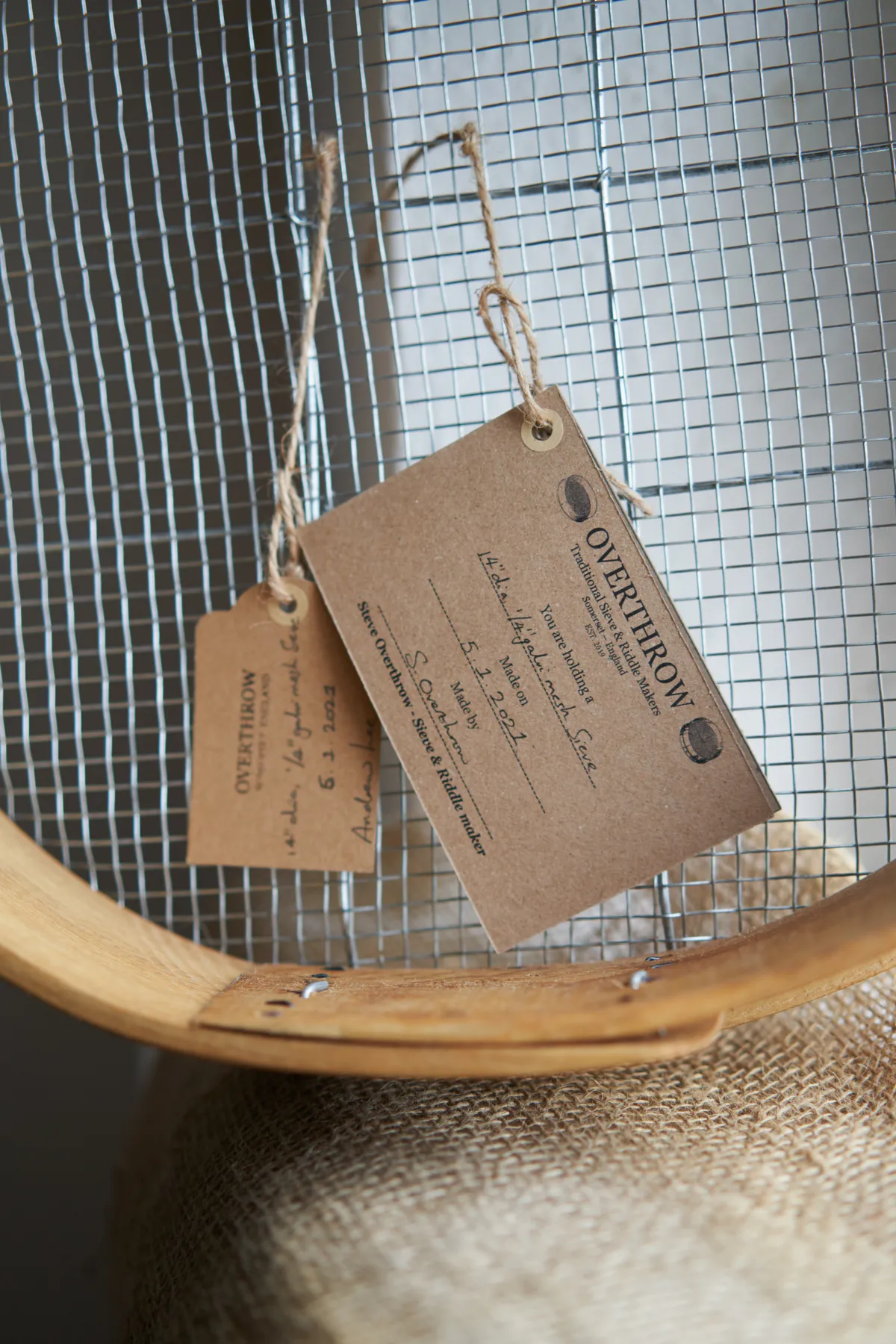
As word of his skill has spread, so too has his customer base, which now includes ceramicists (who need sieves with a very fine mesh) to shell fishermen who use them to collect cockles and shrimp, alongside coffee lovers who need small sieves to sprinkle chocolate on their brews. Steve is proud to be a member of the Heritage Crafts Association and The Guild of Master Craftsmen, and every one of his models is designed to last a lifetime, a quality recognised by one buyer who advised Steve to incorporate some faults to keep himself in business. “There’s quite a few people on the Earth,” smiles Steve, “I’m sure that won’t be a problem.”
USEFUL INFORMATION Contact details sievesandriddles.co.uk; 07564 478503.
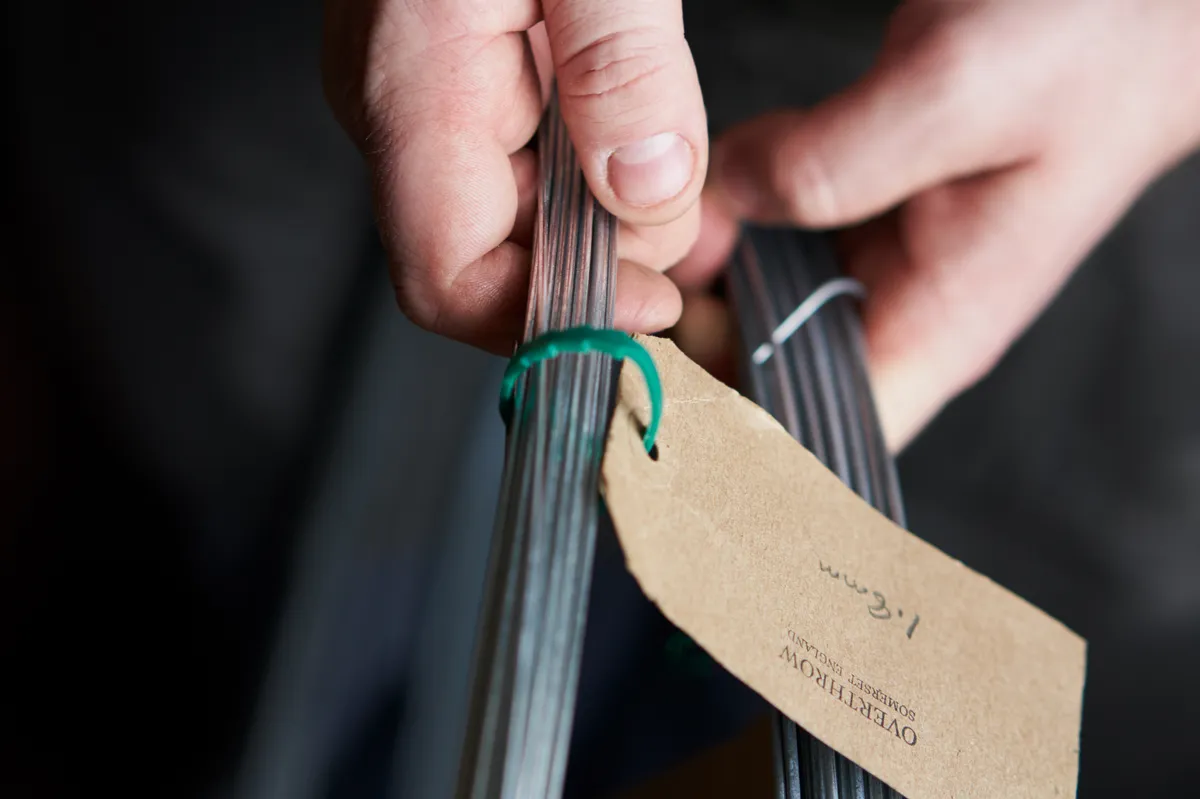
Steve selects the wire size before he picks the pattern of the mesh. He uses both galvanised steel and copper wires.
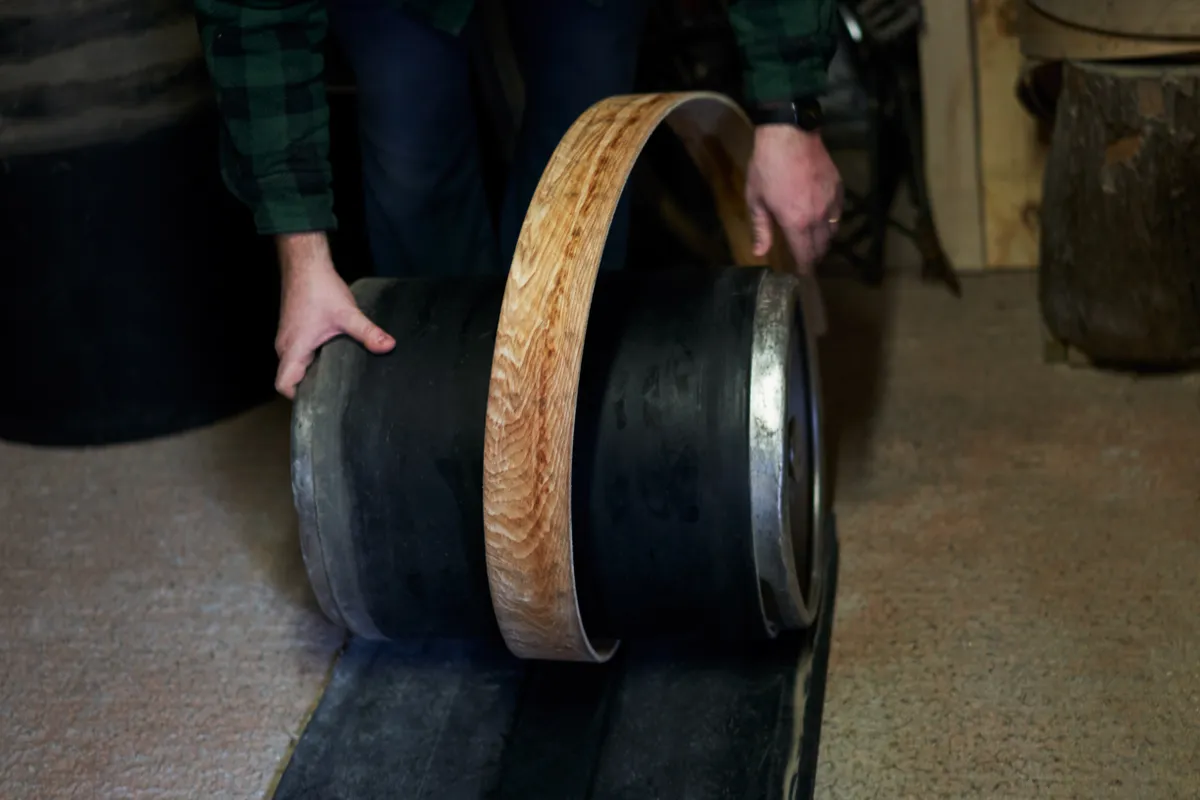
Steve rolls the steamed wood around various forms – here an old Guinness keg – to achieve the desired diameter.
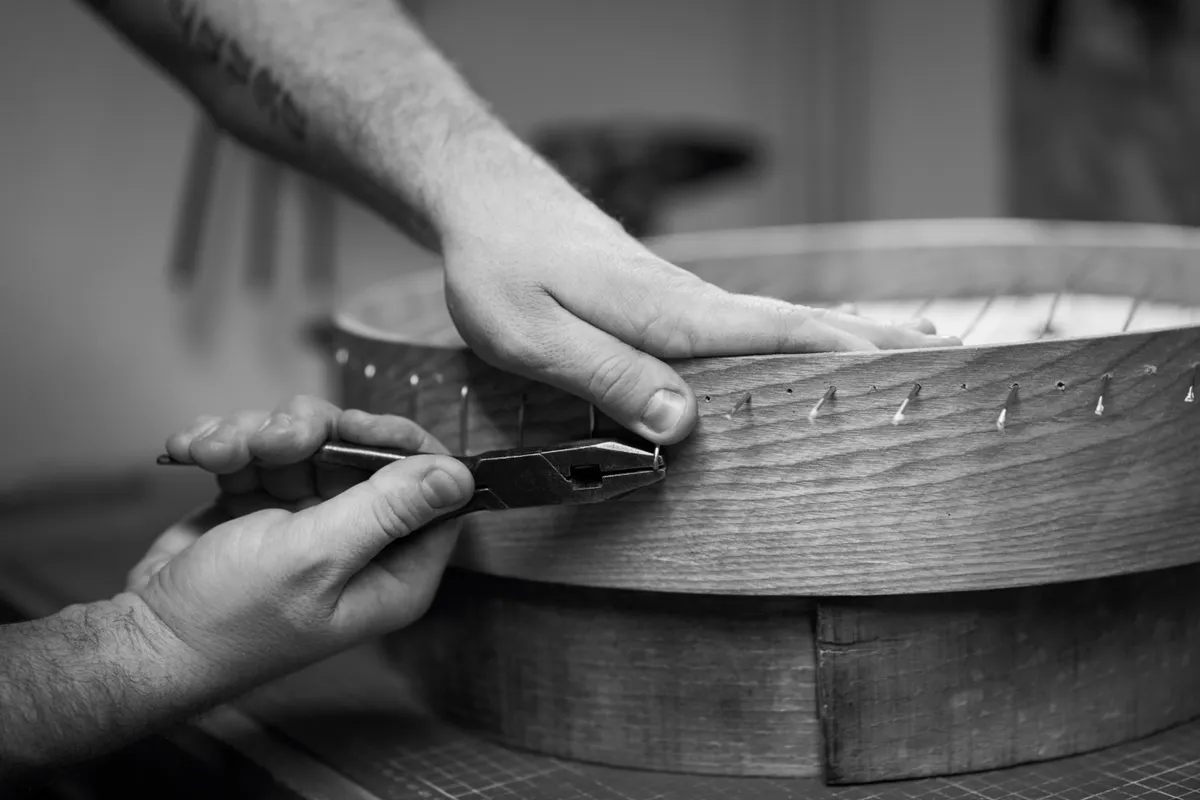
The warp wires of the riddle are individually pulled through and secured before the weft wires are added to form the mesh. A tool called a crook separates the warp wires to make this easier.
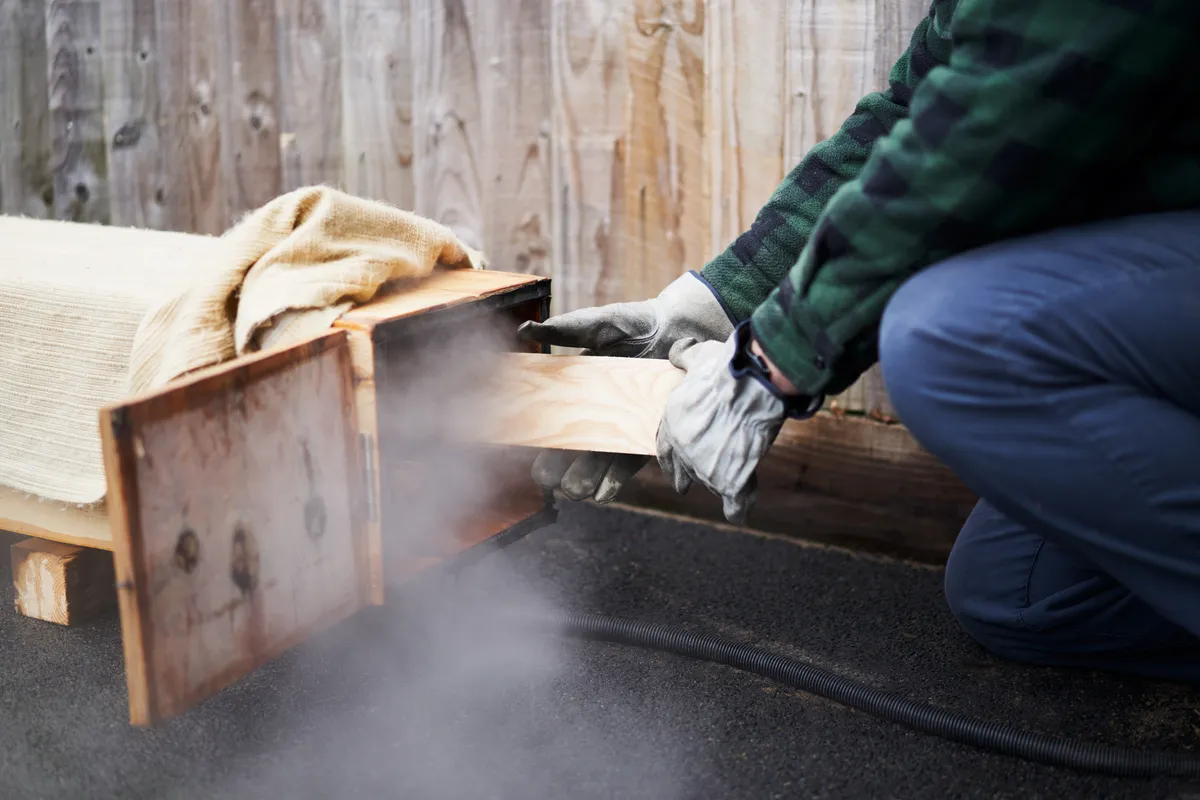
A long, plywood box with a wallpaper- stripper pump at one end serves as Steve’s steam bender into which the strips of ash are placed and left until they are pliable.
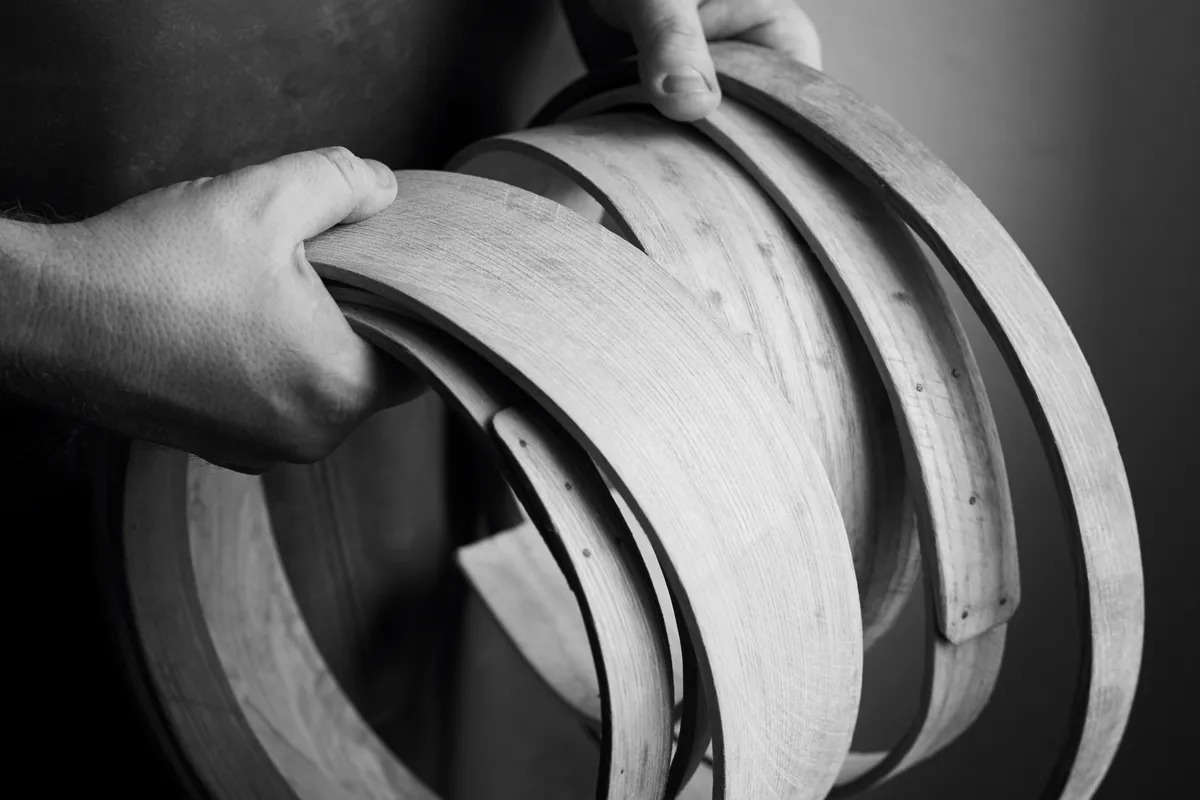
An array of hoops (used for the top of the sieves) and batts (the lower part), between which the pre-woven meshes are sandwiched. Large-diameter sieves may also have support wires added underneath the mesh.
Looking for garden sieves to buy?
